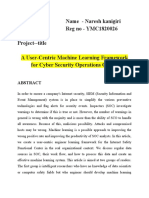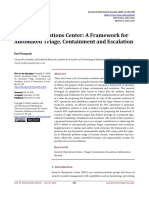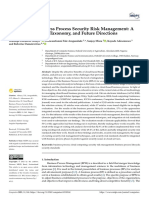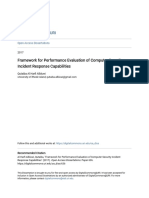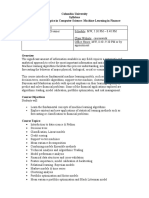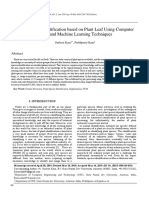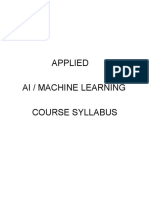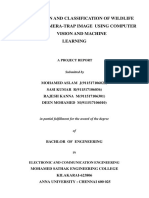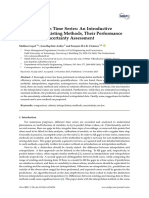0% found this document useful (0 votes)
184 views9 pagesUser Centric Machine Learning
This document discusses a proposed machine learning framework for cyber security operations centers. It begins by describing how existing security systems generate a large number of alerts but with a high false positive rate, making it difficult for security operations centers to thoroughly investigate all alerts. The proposed framework aims to develop a user-centric machine learning system to evaluate user risk scores based on alert information and other security data. This would allow security analysts to prioritize high-risk users and improve their investigation efficiency. The document outlines the sources of data that would be used, the workflow, and how machine learning could be applied to generate comprehensive user risk scores.
Uploaded by
Senait MebrahtuCopyright
© © All Rights Reserved
We take content rights seriously. If you suspect this is your content, claim it here.
Available Formats
Download as PDF, TXT or read online on Scribd
0% found this document useful (0 votes)
184 views9 pagesUser Centric Machine Learning
This document discusses a proposed machine learning framework for cyber security operations centers. It begins by describing how existing security systems generate a large number of alerts but with a high false positive rate, making it difficult for security operations centers to thoroughly investigate all alerts. The proposed framework aims to develop a user-centric machine learning system to evaluate user risk scores based on alert information and other security data. This would allow security analysts to prioritize high-risk users and improve their investigation efficiency. The document outlines the sources of data that would be used, the workflow, and how machine learning could be applied to generate comprehensive user risk scores.
Uploaded by
Senait MebrahtuCopyright
© © All Rights Reserved
We take content rights seriously. If you suspect this is your content, claim it here.
Available Formats
Download as PDF, TXT or read online on Scribd
/ 9

